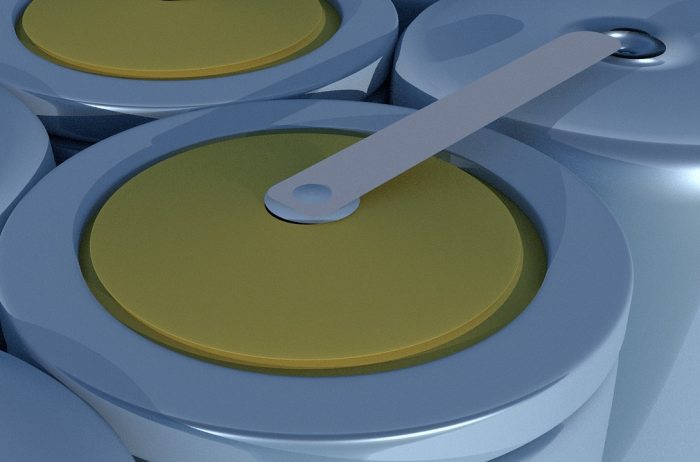
Image: cintersimone
Australian miner Neometals (ASX: NMT) has signed an option agreement with the City of Kalgoorlie-Boulder to sub-lease an industrial estate site for its proposed lithium hydroxide refining facility, which will produce battery grade products.
The site, Lot 500 Great Eastern Highway, is approximately 70km by road from the Mt Marion lithium mine, which Neometals has a 13.8% project ownership stake in.
The company says the refinery will have an initial 10,000 tonnes per annum lithium hydroxide production capacity.
Early this year it was reported there would be a surplus of lithium-rich spodumene being mined in Australia, but a bottleneck existed for processing it into lithium hydroxide or lithium carbonate; making the establishing of processing facilities a more pressing issue.
Neometals has a two-year option over the site, with provision for an extension of another two years. During this period it will continue to carry out a feasibility study. At this point, the company is expecting to make an investment decision in the June quarter of next year and should it decide to go ahead, commissioning of the plant would begin in 2021.
Neometals is aiming to develop a closed loop lithium venture, with access to lithium raw materials, value adding for use in the battery supply chain and recycling of batteries once they reach the end of their service life.
The Western Australian state government said it has been assisting the City of Kalgoorlie-Boulder to activate the parcel the land for the new Kalgoorlie lithium hydroxide facility.
“The activation of this land will be a jobs boost for the Eastern Goldfields,” stated Lands Minister Rita Saffioti. “The development of the Kalgoorlie Lithium Hydroxide Facility will put the Eastern Goldfields of Western Australia at the forefront of this growing resource industry.”
Bigger Lithium Refining Plant In The Works For WA
There’s also another lithium processing facility in the pipeline for Western Australia. Last month, WA Lithium signed an agreement to enter into an Option to Lease with LandCorp for a site in Kwinana, south of Perth. That refinery will have a much larger output than NeoMetals’ facility, producing approximately 40,000 tonnes of lithium carbonate or lithium hydroxide annually.
According to Goldman Sachs, a 2016 Tesla model S with a 70kWh battery pack required an estimated 63 kilograms of lithium carbonate equivalent (LCE)1, so such a facility could produce enough lithium carbonate for close to 635,000 of these batteries each year.
In May, WA Premier Mark McGowan announced the State Budget would include provisional funding of $5.5 million to the Minerals Research Institute of Western Australia (MRIWA), to support development and manufacturing of technology metals and renewable energy sources.
In other recent Goldfields and battery related news, last week we reported the Western Australian Government will be providing $500,000 to finance the development of a proposal for a solar/battery virtual power plant (VPP) trial in Kalgoorlie-Boulder.
Footnotes
- Goldman Sachs pointed out it assumed 0.9kg LCE per kWh for all the batteries it noted, but actual ranges generally vary from 0.7 ‐ 1.3kg per kWh. With subsequent improvements in battery technology, those figures may have also changed since the report was released. ↩

 RSS - Posts
RSS - Posts



Speak Your Mind